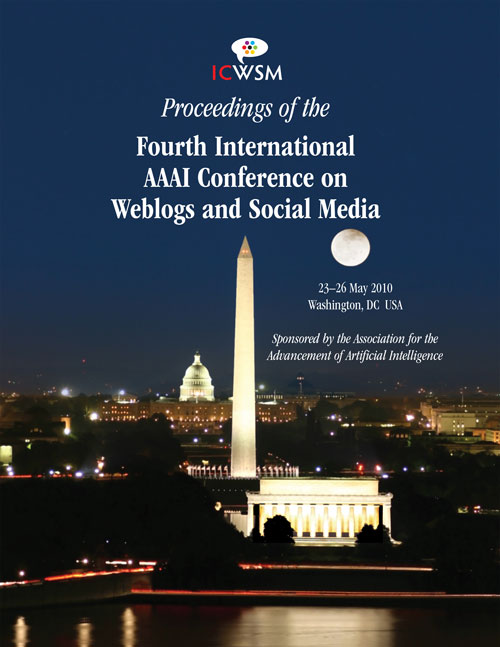Effective Question Recommendation Based on Multiple Features for Question Answering Communities
DOI:
https://doi.org/10.1609/icwsm.v4i1.14042Keywords:
question recommendation, question answering, infomation recommendation, logistic regression modelAbstract
We propose a new method of recommending questions to answerers so as to suit the answerers’ knowledge and interests in User-Interactive Question Answering (QA) communities. A question recommender can help answerers select the questions that interest them. This increases the number of answers, which will activate QA communities. An effective question recommender should satisfy the following three requirements: First, its accuracy should be higher than the existing category-based approach; more than 50% of answerers select the questions to answer according a fixed system of categories. Second, it should be able to recommend unanswered questions because more than 2,000 questions are posted every day. Third, it should be able to support even those people who have never answered a question previously, because more than 50% of users in current QA communities have never given any answer. To achieve an effective question recommender, we use question histories as well as the answer histories of each user by combining collaborative filtering schemes and content-base filtering schemes. Experiments on real log data sets of a famous Japanese QA community, Oshiete goo, show that our recommender satisfies the three requirements.

